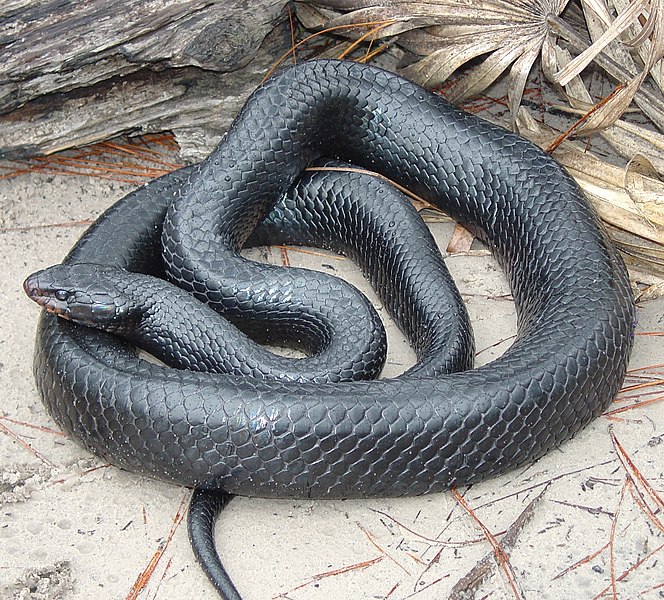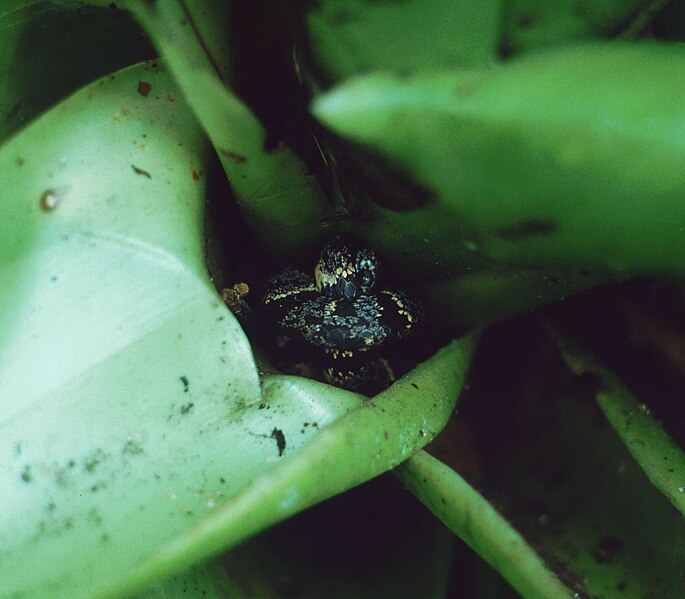Recent studies of a creature known as Nyasasaurus parringtoni indicate that dinosaurs may have appeared over 240 million years ago – 10-15 million years earlier than was previously believed. Its fossils, unearthed in Tanzania, also shed light on where dinosaurs first arose and how they spread to new environments. I’ve also summarized some other recent paleontological surprises concerning the oldest dinosaur nest, dinosaur flea, bird, and organic molecule.
Dinosaur or Silesaur?
Nyasasaurus parringtoni lived in the Mid-Triassic period, alongside dinosaur-like reptiles known as Silesaurids (please see drawing). The dating of its fossils to this period is significant, because true dinosaurs were likely very rare at the time.
Some paleontologists believe that Nyasasaurus is a Silesaurid rather than a dinosaur. However, its upper arm bone bears a bony crest that held the shoulder muscles in place. Known as the deltopectorus crest, this structure is found in all other dinosaurs, but not in Silesaurids. Read More »
 That Reptile Blog – Reptile, Amphibian and Exotic Pet Care and Information
That Reptile Blog – Reptile, Amphibian and Exotic Pet Care and Information




